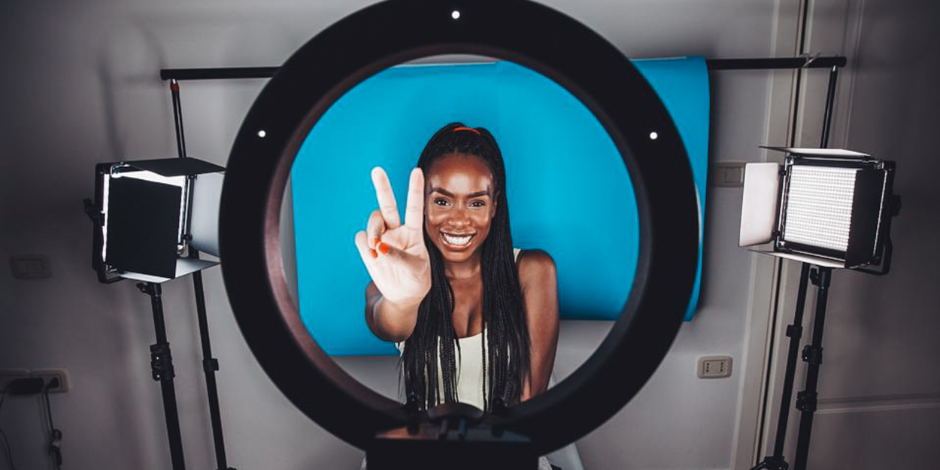The stats say consumers are still spending, but a new TikTok fad suggests a sea change is coming…
The recent flurry of second-quarter results from retailers and consumer brands has established that shoppers may still be spending, but they are doing so while trading down and making other compromises. Thus, Walmart and Target—trying to outdo each other with promotions and price rollbacks—each reported second-quarter (July 31) comparable-store sales were up, while Starbucks, McDonald’s, and Home Depot posted declines.
Consumers are clearly sticking to the basics, and some are going a step further.
A nascent group of Gen Zs, mostly women, are responding to today’s financial headwinds with TikTok videos extolling the virtues of “underconsumption,” as in…Look how much I didn’t spend.
Creators have been posting videos showing (with pride) the ways in which they are making the most of everything they consume: squeezing out the last glob of toothpaste from the tube; living with a cracked makeup mirror instead of buying a new one; scrubbing an old pair of sneakers until they’re so clean they look new again.
The underconsumption movement is said to be a pushback against the plague of ads on TikTok showing influencers living the good life and encouraging overconsumption. A third of Gen Z consumers admit to a shopping addiction, according to Credit Karma.
But underconsumption is not so much about owning less, TikTok creator Michelka Allocca recently told Marketwatch.com. “I would describe it as young people really focusing on using up the products they have and only buying the things that they need.”
For those looking for clues as to whether or not a recession is in the cards in the next year, Gen Z may be the canary in the coal mine. As we reported this spring, less-expensive private label goods are now the go-to “brand” for the majority of Gen Zs. National brands like Procter & Gamble are losing customers to equivalent store brands for basics like laundry detergents and other cleaning products.
Gen Z’s underconsumption instincts are driven in part by practicality but reflect a shift away from materialism. The revenge spending of last year has become this year's buyer’s remorse and overextended credit card balances. The grind of inflation is still affecting everyone. The rate of inflation may have dropped, but food and housing prices are still substantially higher than they were before the pandemic.
Car prices have receded from their highs, but car insurance prices have spiked. According to Bankrate, full coverage car insurance premiums are 26% higher this year than last. This year’s heat waves have played havoc with consumers’ power bills. The Federal Reserve’s price index for electricity is 30% higher today than it was at the start of the pandemic. And its Consumer Price Index for residential rents is nearly 25% higher than it was four years ago.
Meanwhile, the residential real estate market shows little sign of long-term improvement. Prices are too high. Sales of existing family homes hover near a 14-year low, and the number of sales of new homes is about 15% lower than they were before the pandemic began, according to U.S. Census Bureau data.
All this has left the consumer with little wiggle room.
Even if the Federal Reserve starts to lower interest rates, as expected next month, a recession seems to be already baked into the economy, which would be consistent with the lead-up to past downturns. The past six recessions dating back to 1980 all started soon after the Fed began lowering interest rates. If past proves to be prologue, a downturn might be shallow compared with the pandemic shutdown—unless the economy gets hit with a black swan, like a financial crisis in the ailing commercial real estate business or geopolitical instability. There's always something.
Gen Z may not be the customer cohort that drives consumer-facing companies today, but they will be soon enough. Wise retailers will pay attention, even if the content is just a video about how to reuse a plastic bag.
Subscription Required.














